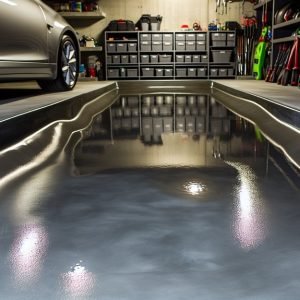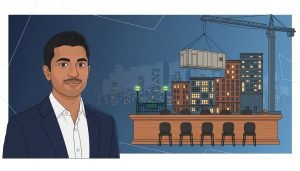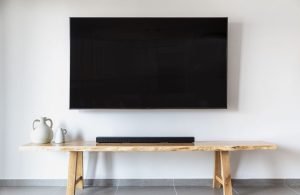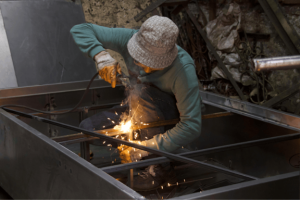Last Updated on October 30, 2025 by teamobn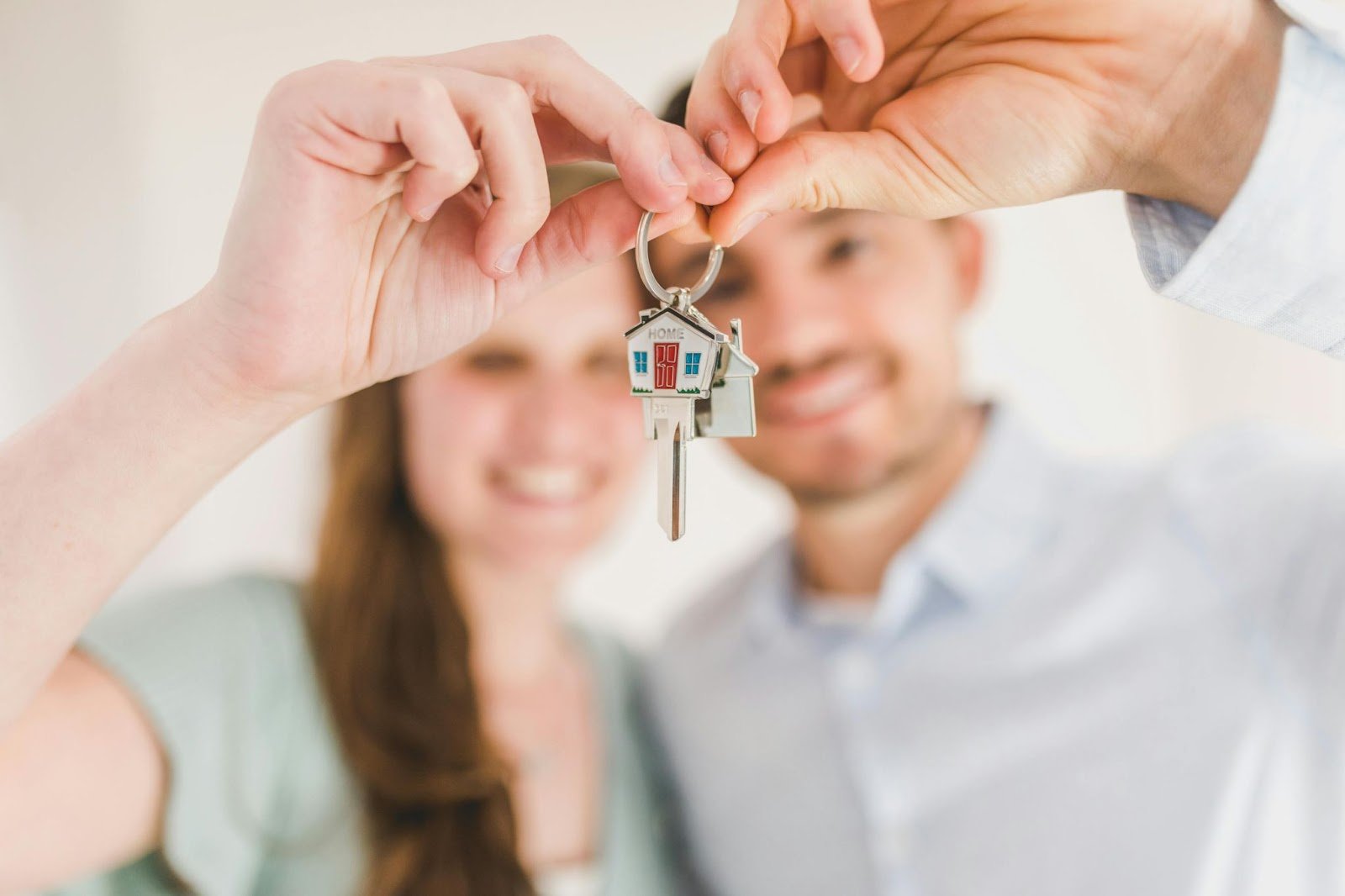
Buying your first home is a monumental milestone, often filled with excitement, dreams, and, admittedly, a little bit of stress. The thought of stepping into a space that’s entirely yours, where you can add personal touches, expand, and truly build a life, is incredibly fulfilling. But the path to homeownership isn’t always as smooth as laying down floorboards. For first-time buyers, especially those who have a DIY spirit or are considering becoming owner-builders, the process can feel overwhelming. From securing financing to finding the right location and getting through inspections, there are several crucial steps to navigate.
Homeownership isn’t just about purchasing a property, it’s about creating a home that fits your lifestyle and personal vision. Whether you’re looking to transform a fixer-upper, expand an existing home, or even build from scratch, this journey is unique for every person. Understanding the steps involved, knowing your options, and having a clear plan will help you make informed decisions. This guide breaks down the critical phases of buying your first home, helping you approach the process confidently, equipped with knowledge, and ready to take on your future DIY projects.
Contents
- 1 1. Define Your Vision (And Your Budget)
- 2 2. Get Pre-Approved for a Mortgage
- 3 3. Choose the Right Location
- 4 4. Work With the Right Team
- 5 5. Scout the Right Property (With Your Long-Term Goals in Mind)
- 6 6. Negotiate Wisely and Make an Offer
- 7 7. Complete Inspections and Appraisals
- 8 8. Close the Deal (and Secure Homeowner’s Insurance)
- 9 9. Plan Your Personal Touches and DIY Projects
- 10 Final Thoughts: A Foundation for the Future
1. Define Your Vision (And Your Budget)
Before you tour a single home, take a step back and think about your lifestyle. Are you dreaming of a quiet countryside cottage, a fixer-upper with potential, or a suburban shell ready for expansion? If you’re an aspiring owner-builder, consider how much renovation or new construction you’re willing (and able) to take on.
Then, ground that vision with a clear budget. Factor in:
- Your savings (including what you’ll allocate for the down payment)
- Current income and expenses
- Debt-to-income ratio
- Estimated costs for renovations, permits, or future DIY upgrades
To get a realistic idea of what your monthly mortgage might look like, use a home mortgage calculator, it’s a simple tool that can help you visualize your affordability range. A clear financial picture will help you avoid heartbreak over homes outside your range and guide you toward properties with potential.
2. Get Pre-Approved for a Mortgage
A mortgage pre-approval gives you a clear idea of what you can afford and signals to sellers that you’re a serious buyer. When speaking to lenders, ask about different loan types, especially if you’re considering a fixer-upper. FHA 203(k) loans, for instance, allow you to borrow both the purchase price and renovation costs.
For the hands-on buyer, understanding these loan options opens the door to properties that may need TLC but have solid bones.
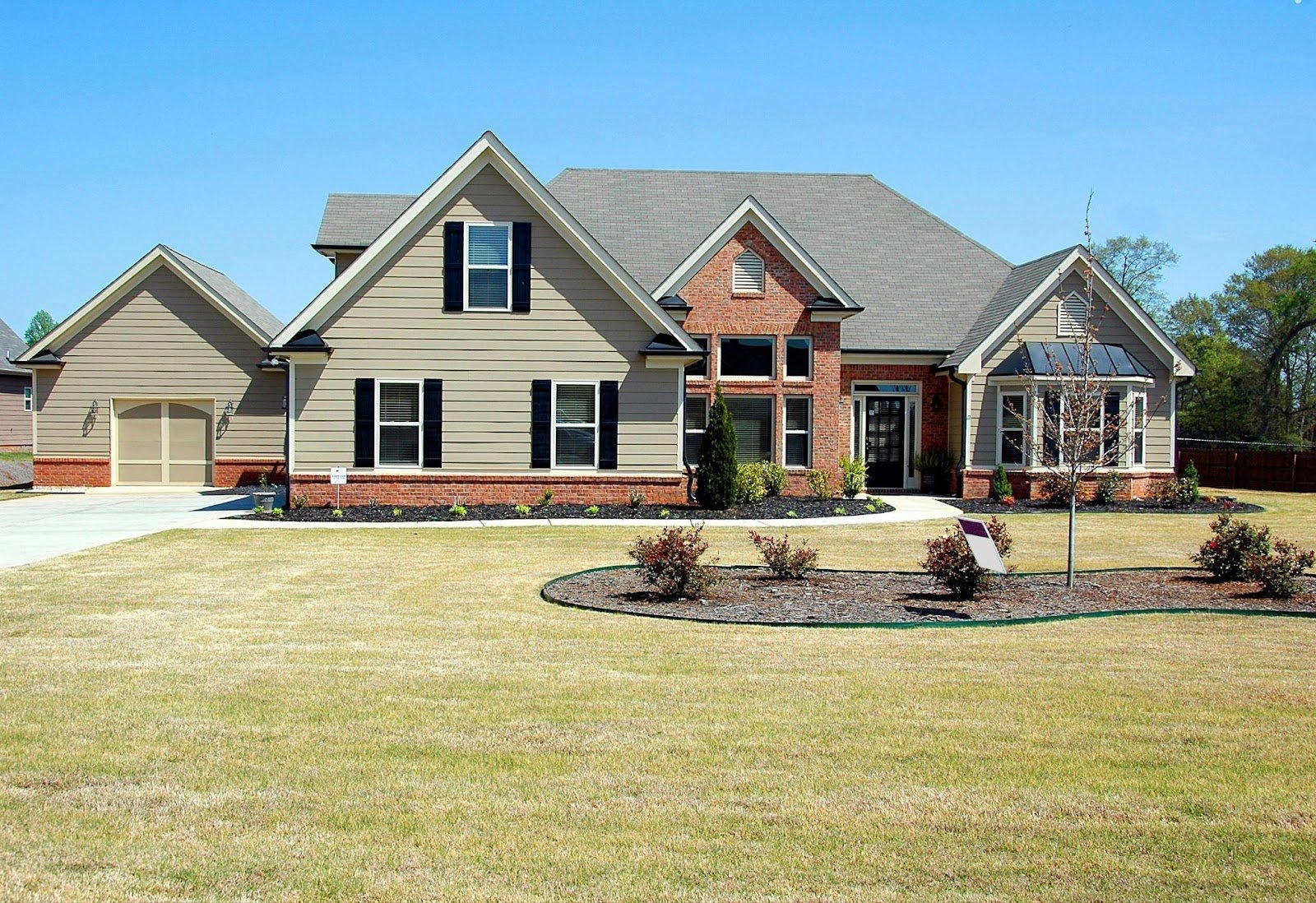
3. Choose the Right Location
The perfect home in the wrong neighborhood can quickly turn into a regret. Look beyond square footage and aesthetics to explore:
- School zones (even if you don’t have kids, this affects resale value)
- Commute times and access to major roads
- Zoning regulations (crucial if you plan to build or add structures)
- Community vibe and local amenities
For owner-builders, research whether the area allows additions, accessory dwelling units (ADUs), or structural changes. Local regulations can heavily impact your ability to bring your dream design to life.
4. Work With the Right Team
While it might feel empowering to go solo, a great real estate agent, mortgage broker, and home inspector are like the crew on a build site, you need them for a successful outcome. Choose professionals who understand your goals, especially if you’re open to renovation projects or want to invest sweat equity.
Tip: Look for agents experienced in homes with rehab potential or custom builds.
5. Scout the Right Property (With Your Long-Term Goals in Mind)
When touring homes, look beyond paint colors and flooring. Pay attention to:
- Structural integrity
- Roof and foundation conditions
- Electrical and plumbing systems
- Layout flexibility for future updates
A dated kitchen is no biggie if you’re handy. But cracked foundations or major roof issues? Those can eat your budget fast. For DIYers, older homes can be treasure troves, just be ready for surprises and budget wiggle room.
6. Negotiate Wisely and Make an Offer
Once you’ve found a home, work with your agent to craft a competitive offer. You can also negotiate based on inspection findings, especially if you’re buying a home that needs work. Ask for seller credits, repairs, or a price reduction when justified.
If you’re planning upgrades, negotiating these savings can leave more cash for that dream workshop or open-plan kitchen you’ve sketched a dozen times.
7. Complete Inspections and Appraisals
Never skip the inspection. Even if you’re handy, a professional inspector can spot issues that might turn your affordable project into a money pit. You’ll also need an appraisal if you’re financing, which confirms the home’s value aligns with the loan amount.
Pro Tip: Attend the inspection if you can. You’ll learn a lot about the home and may get insights into future projects or upgrades.
8. Close the Deal (and Secure Homeowner’s Insurance)
After negotiations, inspections, and paperwork, it’s time to close. This process includes signing the final documents, paying closing costs, and officially becoming a homeowner. Don’t forget to line up homeowner’s insurance before closing day, it’s required by lenders and protects your investment.
9. Plan Your Personal Touches and DIY Projects
Now the real fun begins. Whether it’s cosmetic upgrades, structural additions, or building from the ground up, your first home is your canvas. As an owner-builder or aspiring DIY enthusiast, you’ll want to:
- Prioritize safety and permits
- Create a project timeline
- Start with high-impact, low-cost improvements
- Build sweat equity over time
From reclaimed wood counters to smart home upgrades, your first house is where your creative muscle meets homeownership pride.
Final Thoughts: A Foundation for the Future
As you stand at the precipice of homeownership, remember that this is just the beginning of your journey. From the initial step of defining your vision to the final push of getting the keys in your hand, buying your first home is about more than just securing a roof over your head. It’s about laying the foundation for your future, whether you’re renovating, expanding, or building entirely from the ground up. For those who embrace the world of owner-building and DIY, this journey is even more personal. It’s a chance to breathe life into a space, shaping it with your creativity, skills, and hard work.
While the road to homeownership may seem daunting at times, with careful planning, the right support, and a passion for building your dream home, it becomes a rewarding and deeply fulfilling experience. Each decision, from choosing the perfect location to finalizing your mortgage, is a step towards something bigger. As you make that first home yours, whether through renovation, new construction, or DIY projects, you’re not just investing in a property; you’re investing in a home that will evolve with you. Embrace the journey, and take pride in building your dream home, one project at a time.


